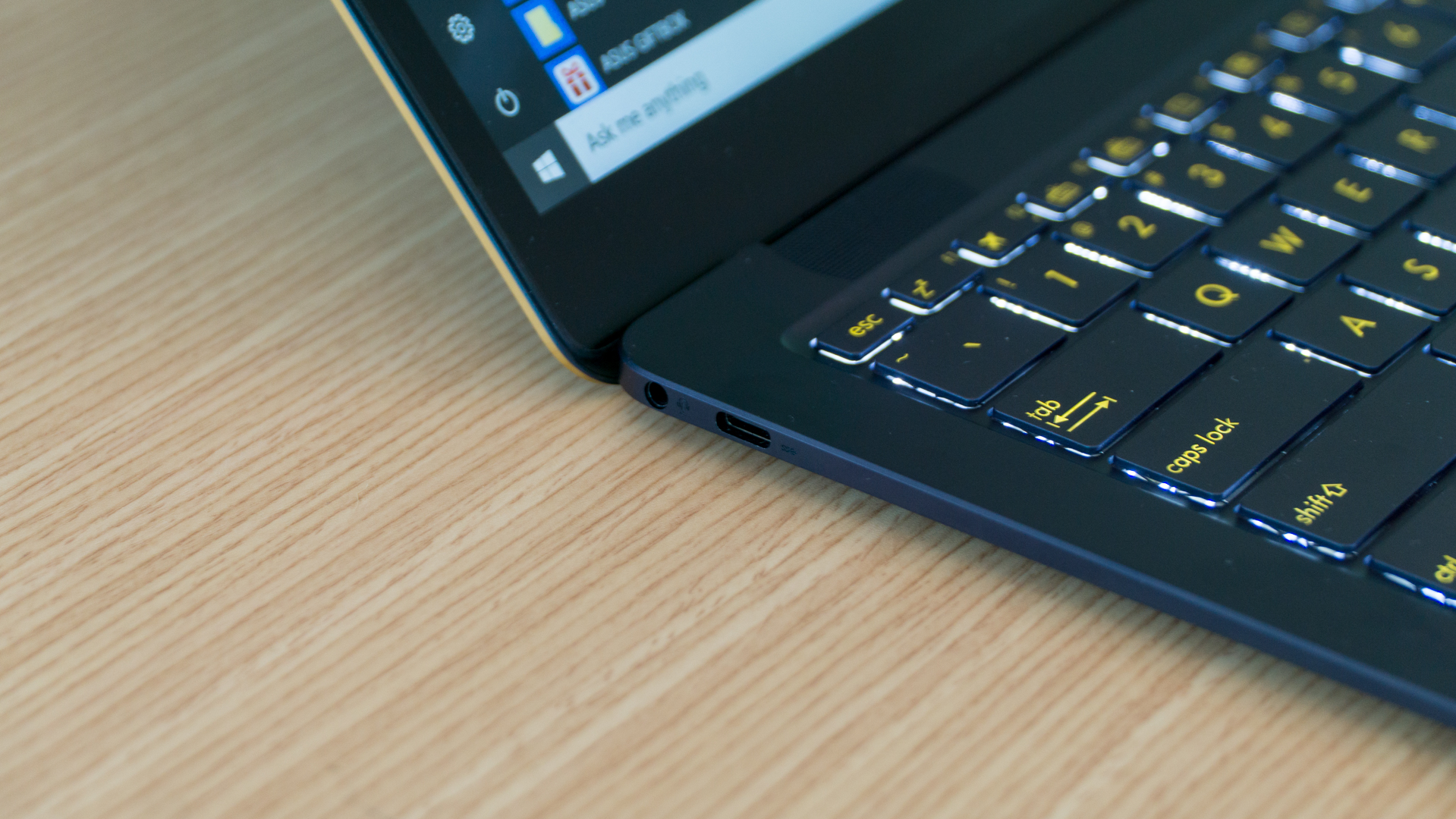Intel has a grand plan to bring Thunderbolt 3 ports to every laptop
Integrated support for future CPUs – and no more royalties

Intel is pushing hard to make sure Thunderbolt 3 is the future of wired connectivity, announcing an aim to bring the ports to laptops everywhere through integrating Thunderbolt 3 with future processors.
Better yet, the firm plans to fully release the protocol spec for the industry at large to work with, dropping royalty charges.
Thunderbolt 3 being built directly into the CPU will mean that laptop manufacturers will be able to ditch the separate components currently required to bring support for the connectors – meaning more internal space, and thus the ability to make the device thinner and lighter (or perhaps to fit a bigger battery, or go for a similar internal boost elsewhere).
The other major prong of Intel’s push here is to make the Thunderbolt 3 spec available to third-party chip manufacturers on a completely royalty-free basis as of next year, making it a far more tempting prospect for chip developers to embrace.
All of this should mean wider use of the port across peripherals and computers alike. Intel foresees a world in which all ports on a laptop can be the same: namely Thunderbolt 3, with its inherent flexibility – offering data transfer, power and video signal all across one port.
Of course, there are already machines which use Thunderbolt 3 USB-C ports, with Intel noting that there are in excess of 120 PC designs out there which use the connectors – with that number expected to reach 150 by the end of the year.
- The best Ultrabooks of the year include the Dell XPS 13 and the Asus ZenBook UX305
Microsoft matters
The company also gave a major nod to its partnership with Microsoft.
Sign up for breaking news, reviews, opinion, top tech deals, and more.
Roanne Sones, GM of Strategy and Ecosystem for Windows and Devices at Microsoft, commented: “Microsoft and Intel are working together to enable Thunderbolt 3 on Windows PCs to deliver on the ‘if it fits, it works’ potential of USB-C. The Windows 10 Creators Update enhanced plug-and-play support for Thunderbolt 3 devices, with additional enhancements planned for future OS releases.”
Intel further underlined Thunderbolt 3’s diverse range of benefits across various applications including streamlined single-cable docking stations for mobile devices, "lifelike" virtual reality – delivering 4K resolution in VR with just one cable – and, of course, using the port to hook up an external GPU for powered-up gaming on any laptop.
Can all this help Thunderbolt 3 to make some big strides forward? We can’t be certain of that, but it definitely seems like these moves – integrated support on the CPU, and the end of getting stung for licensing charges – are both major steps forward in the push for more widespread adoption.
- Many of the best gaming PCs have already adopted USB-C
Darren is a freelancer writing news and features for TechRadar (and occasionally T3) across a broad range of computing topics including CPUs, GPUs, various other hardware, VPNs, antivirus and more. He has written about tech for the best part of three decades, and writes books in his spare time (his debut novel - 'I Know What You Did Last Supper' - was published by Hachette UK in 2013).